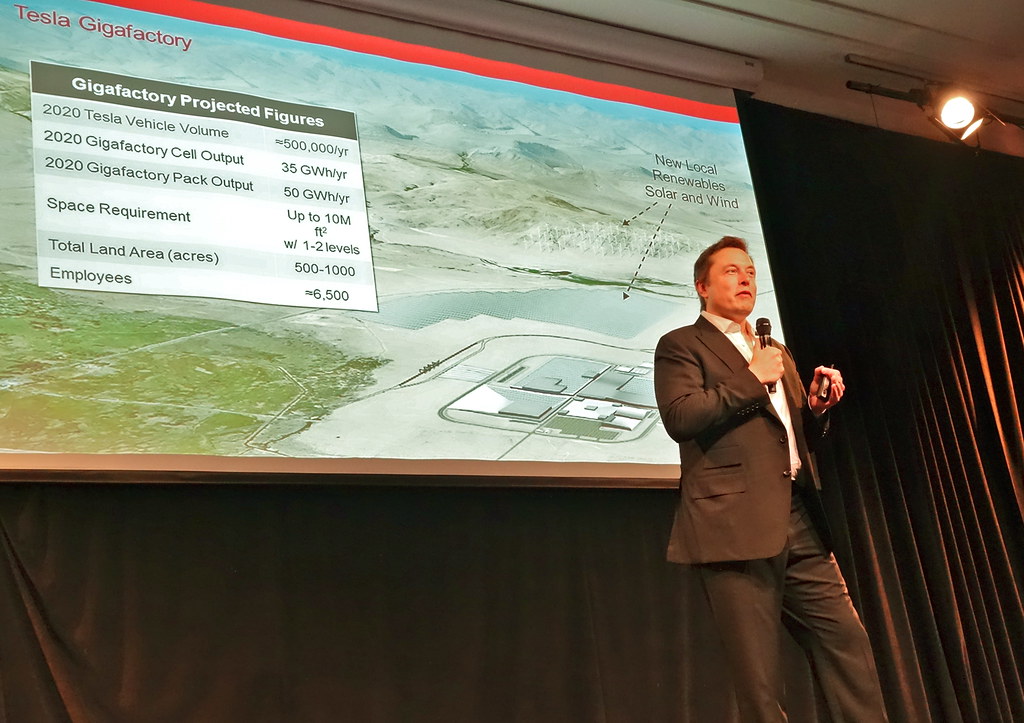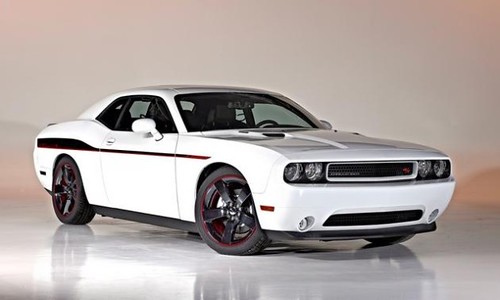
The vision for a fully electric automotive future has long been painted with broad strokes of innovation, sustainability, and widespread adoption. For years, the narrative has been one of an inevitable transition, with manufacturers aggressively ramping up production and governments setting ambitious deadlines for phasing out internal combustion engines. Yet, as the rubber meets the road, the reality of this transition presents a far more complex and, at times, sobering picture. What was once seen as a rapid, unstoppable surge towards electric vehicles is now encountering significant headwinds, revealing a market that, for a substantial segment of consumers, simply isn’t delivering on its foundational promises.
Indeed, despite a notable increase in electric vehicle sales over the past few years, the momentum has begun to waver, especially when looking at the ambitious targets set by automakers for mass EV adoption by 2030. Industry leaders are now facing the undeniable truth that a crucial segment of potential buyers remains unconvinced, stalled by a confluence of practical, economic, and infrastructural challenges. This reluctance is particularly acute around the aspirational $50,000 price point, a critical threshold that experts identify as key to unlocking the mass market.
This in-depth analysis will delve into the multifaceted reasons behind the stalling EV revolution, particularly focusing on the consumer-driven demands and the market’s current inability to meet them. We will examine the core obstacles that are preventing the widespread embrace of electric vehicles, turning what was once a rapid ascent into a challenging, bumpy road. From sticker shock to charging woes, the story of the $50,000 EV nobody is buying is a revealing look at the current state of automotive evolution.
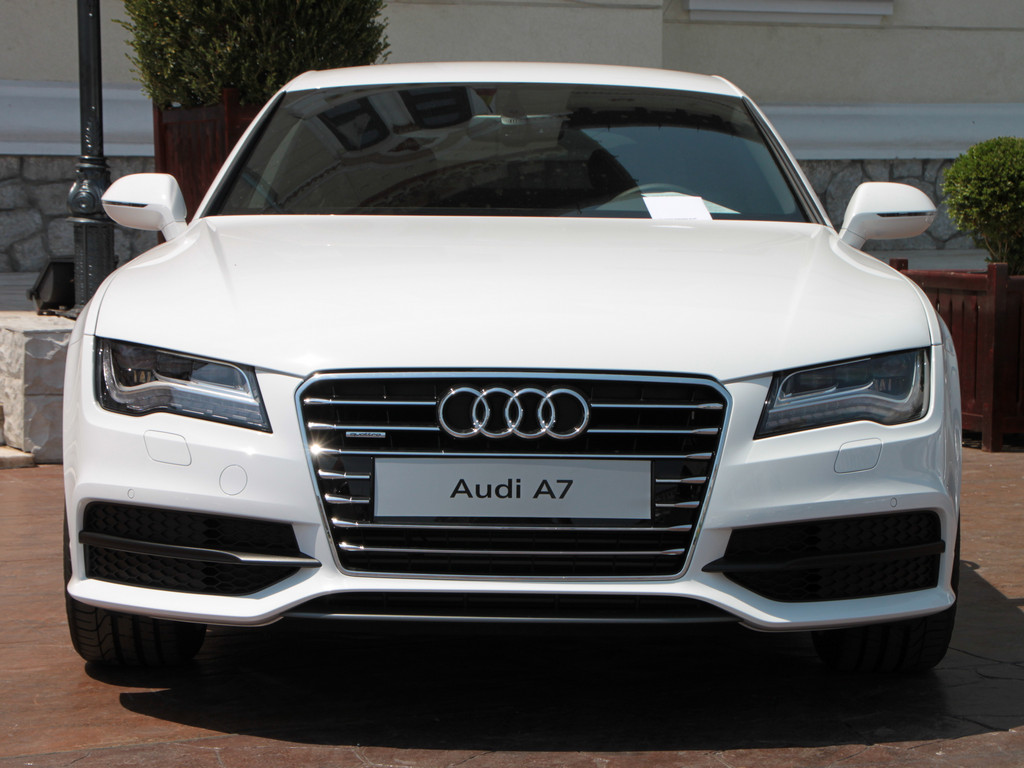
1. **The Elusive Under-$50,000 Price Tag: Why it’s a make-or-break factor**A recent Boston Consulting Group study delivered a stark message to the electric vehicle industry: the vast majority of potential EV adopters are holding out for a price point under $50,000. This is not merely a preference; it is a critical demand that underpins mass market appeal. For many American households, an average EV price of around $60,000 in 2023, coupled with high U.S. interest rates, renders these vehicles financially prohibitive, despite the availability of federal tax credits.
The current market landscape starkly illustrates this challenge. Among the myriad EV models available, only one — the Hyundai Ioniq 6 SE RWD Long Range — has managed to meet all three critical consumer criteria identified by the Boston Consulting Group: an under-$50,000 sticker price, charging times under 20 minutes, and a 350-mile plus driving range. This singular outlier highlights just how far the industry has to go to align its offerings with mainstream consumer expectations.
The disparity between consumer affordability expectations and actual market prices represents a fundamental disconnect. While manufacturers are innovating at a rapid pace, the cost of advanced battery technology and sophisticated electric powertrains often pushes vehicles beyond the reach of the average car shopper. This economic barrier is arguably the most significant hurdle preventing the $50,000 EV from becoming a widespread reality, thereby curtailing the ambitious adoption curves many had predicted.

2. **Charging Time Constraints: The Demand for Speed and Convenience**Beyond the initial purchase price, the practicalities of owning an electric vehicle heavily influence consumer decisions, with charging time emerging as a significant point of contention. The Boston Consulting Group study clearly indicates that potential EV adopters expect charging times to be under 20 minutes. This preference is deeply rooted in the convenience offered by traditional gasoline vehicles, where refueling takes a mere five minutes at a gas station.
The reality of EV charging, however, often falls short of this expectation. Depending on the type of charger, the vehicle’s battery, and the station’s occupancy, recharging an electric car can take hours. This stark contrast with the instantaneous nature of gasoline refueling creates a psychological barrier for consumers accustomed to quick pit stops, turning the convenience of electric driving into a source of anxiety for many.
This lengthy charging process is not just an inconvenience; it represents a fundamental shift in daily routines that many are not yet willing to embrace. The dream of a seamless, fast charging experience is yet to be widely realized, and until it is, a significant portion of the motoring public will remain hesitant to adopt EVs as their primary mode of transportation. The industry’s ability to drastically reduce charging times to meet the ‘under 20-minute’ benchmark will be crucial for accelerating adoption.

3. **Range Anxiety: The 350-Mile Imperative for Consumer Confidence**Another critical factor driving consumer hesitancy, as highlighted by the Boston Consulting Group study, is the demand for a substantial driving range: 350 miles or more on a single charge. For many drivers, the fear of running out of power far from a charging station, commonly known as ‘range anxiety,’ is a powerful deterrent. This concern is particularly pronounced for those who frequently undertake longer journeys or live in areas with sparse charging infrastructure.
Gasoline cars offer the security of a widely available network of refueling stations and typically provide several hundred miles of range on a full tank, making long-distance travel a non-issue. Electric vehicles, while continually improving, still face the perception, and often the reality, of shorter ranges and less convenient recharging options. The goal of a 350-mile plus range is therefore not just about technical capability; it’s about matching the psychological comfort and operational freedom that drivers associate with traditional vehicles.
Until more EVs consistently offer and reliably deliver on a 350-mile range, they will continue to be seen by many as specialized vehicles suitable only for shorter commutes or as a secondary car. Overcoming this range anxiety is paramount for electric vehicles to be considered genuine, uncompromised replacements for internal combustion engine cars, especially at the critical $50,000 price point that aims for broader market penetration.

4. **The Home Charging Conundrum: A Major Roadblock for Many Households**The promise of an electric vehicle often includes the convenience of charging at home, overnight, akin to plugging in a smartphone. However, this ideal scenario is far from universal. A significant segment of potential EV buyers faces a fundamental obstacle: a lack of access to home charging. J.D. Power reports that “one in three shoppers don’t have access to home charging,” a substantial figure that reveals a key limitation in the EV adoption narrative.
Many Americans do not own driveways, residing in apartments, condominiums, or homes where off-street parking is not available. For these individuals, the prospect of installing a dedicated home charger is either impractical, prohibitively expensive, or simply impossible. This forces them to rely exclusively on public charging infrastructure, which, as we will explore, comes with its own set of challenges.
The inability to easily and reliably charge an EV at home undermines a core convenience proposition of electric vehicles. It transforms what should be a seamless daily experience into a logistical challenge, diminishing the appeal of EVs for a large, untapped segment of the market. Addressing this home charging deficit, either through innovative urban planning or more accessible public solutions, is crucial for broadening EV appeal.
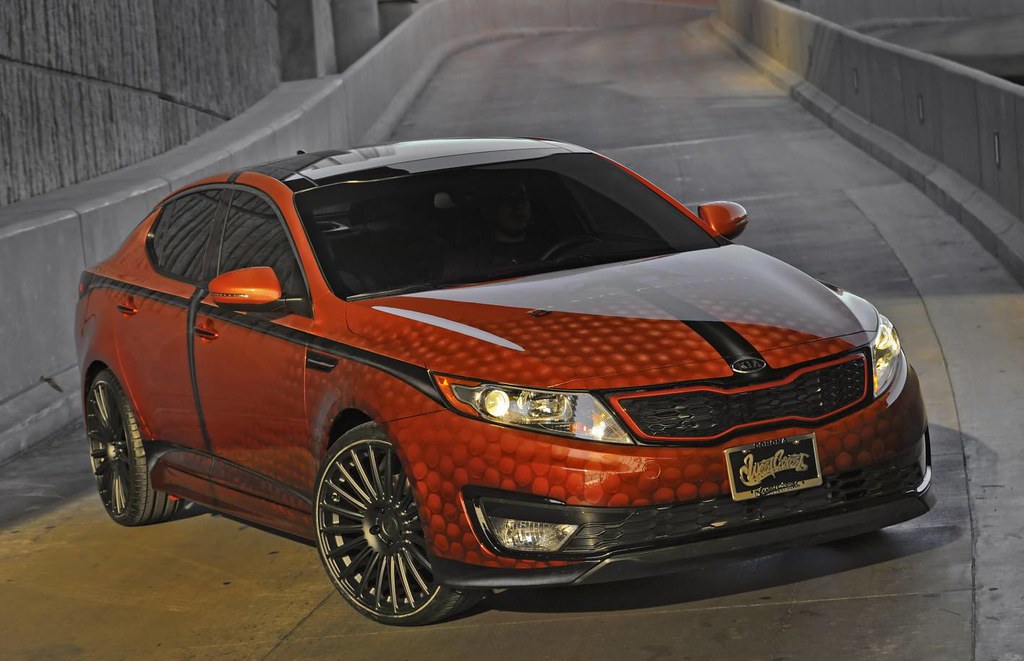
5. **Stalled Public Charging Infrastructure: An Ecosystem in Distress**The widespread adoption of electric vehicles hinges on a robust and reliable public charging infrastructure, a fact that experts universally concur on. Yet, the development of this essential network has been painfully slow and riddled with operational issues, presenting a significant hurdle for consumers who cannot charge at home or require power on the go. The convenience of finding a gas station within minutes contrasts sharply with the often arduous task of locating a functional EV charger.
A sobering 2022 research study by the University of California, Berkeley, revealed the alarming state of public chargers in the San Francisco Bay Area. A staggering one-quarter of these public charging stations were found to be unusable due to a litany of problems, including unresponsive screens, payment system anomalies, network failures, or simply broken connectors. This level of unreliability erodes consumer confidence and exacerbates range and charging anxieties.
The scarcity and unreliability of public charging stations, particularly in low-income and minority areas, further compound the problem, creating equity issues in EV accessibility. Until a comprehensive, efficient, and dependable public charging network is established, the vision of a widespread EV future, especially for vehicles priced around the $50,000 mark aimed at the average consumer, will remain a distant prospect.
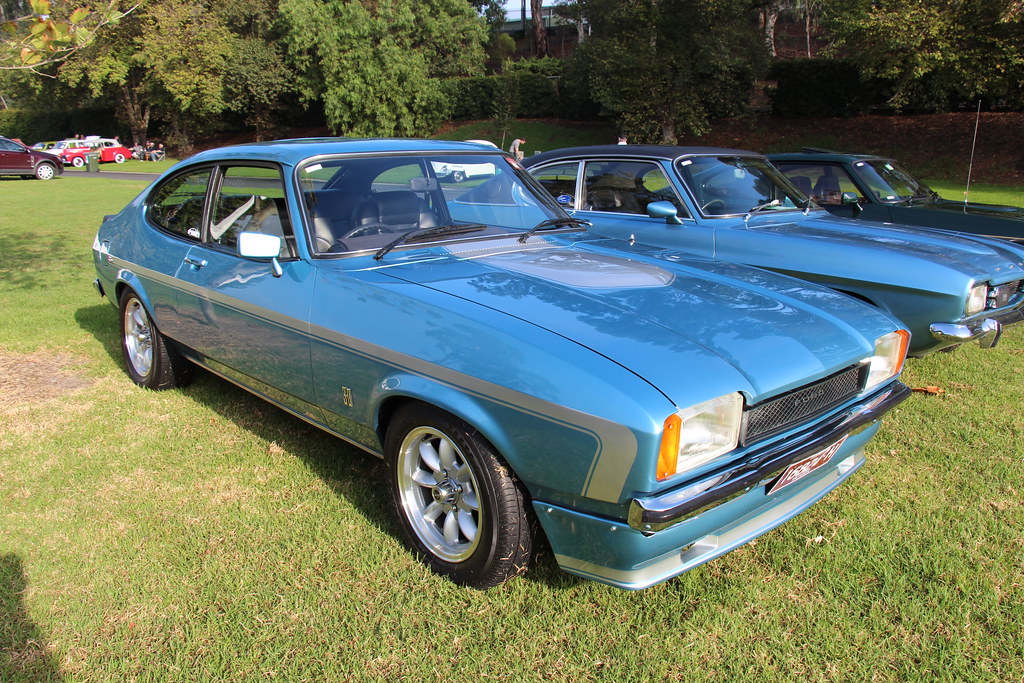
6. **EVs as Complements, Not Replacements: The ‘Second Car’ Syndrome**Initial surges in electric vehicle sales were largely propelled by early adopters — a segment of consumers readily convinced by the environmental and technological benefits. However, as the market matures, the Harvard Law School report indicates that this enthusiasm has plateaued. The report suggests that the majority of those who recognized the benefits of owning an EV likely already possess one, leaving a challenging gap to fill for mainstream adoption.
A critical finding from the Harvard Law School report is the strong evidence showing that most individuals purchasing electric cars also own an internal combustion engine-powered vehicle. This trend signifies that many electric vehicles are being bought as “complements,” not as replacements. In essence, consumers are not trading in their gasoline cars for EVs; rather, they are adding an EV to their existing fleet, increasing their overall quantity of automobiles on hand.
This ‘second car’ syndrome implies that EVs are not yet perceived as fully capable, all-in-one solutions that can meet every driving need. For electric vehicles to truly transform the automotive landscape and achieve mass penetration, especially among middle-class Americans, they must evolve from a supplementary purchase to a primary, trusted alternative to traditional gasoline-powered cars. The industry must find ways to convince these consumers that a $50,000 EV can indeed be their sole vehicle, capable of handling all their daily and long-distance travel requirements.
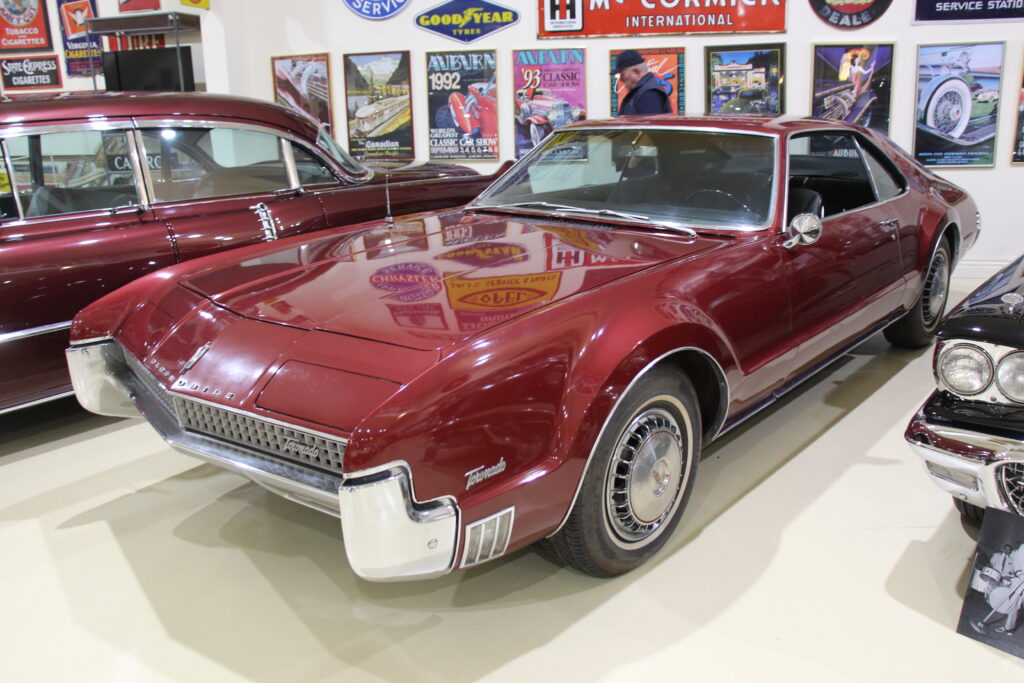
7. **Manufacturer Pullbacks and Production Adjustments: Rethinking Ambitious Targets**The initial fervor surrounding electric vehicles led many major automakers to set ambitious production and sales targets, envisioning a rapid and complete transition away from internal combustion engines. However, as the market realities have become clearer, a significant recalibration is underway across the industry. This adjustment reflects a recognition that consumer demand is not accelerating at the previously anticipated pace, particularly for vehicles priced above the critical $50,000 mark.
Mercedes-Benz, for example, announced in February of this year that it would not meet its aggressive 2025 deadline for electric vehicles, including hybrids, to constitute 50% of its total sales. The luxury automaker explicitly attributed this delay to “lackluster demand for electric-powered vehicles,” pushing back its target until at least 2030. This pivot underscores a broader trend of manufacturers adapting their strategies to align with current market appetite rather than idealistic projections.
Similarly, General Motors, which had previously declared its intention to phase out internal combustion engines by 2035, is now scaling back its plan to build 400,000 EVs by mid-2024. The company has also scrapped plans to collaborate with Honda on the development of more reasonably priced EVs, indicating a strategic shift towards consolidating efforts. Ford executives have echoed this sentiment, stating that they do not currently require the production capacity to fulfill existing demand, prompting them to postpone billions of dollars in planned EV investments.
These collective pullbacks from industry giants are not mere minor adjustments; they represent a fundamental reassessment of the speed and scale of the EV transition. Automakers are now prioritizing profitability and market responsiveness over speculative growth, signaling a more cautious and measured approach to the electric future. This shift has profound implications for the entire automotive supply chain and for consumers awaiting more accessible and practical EV options.
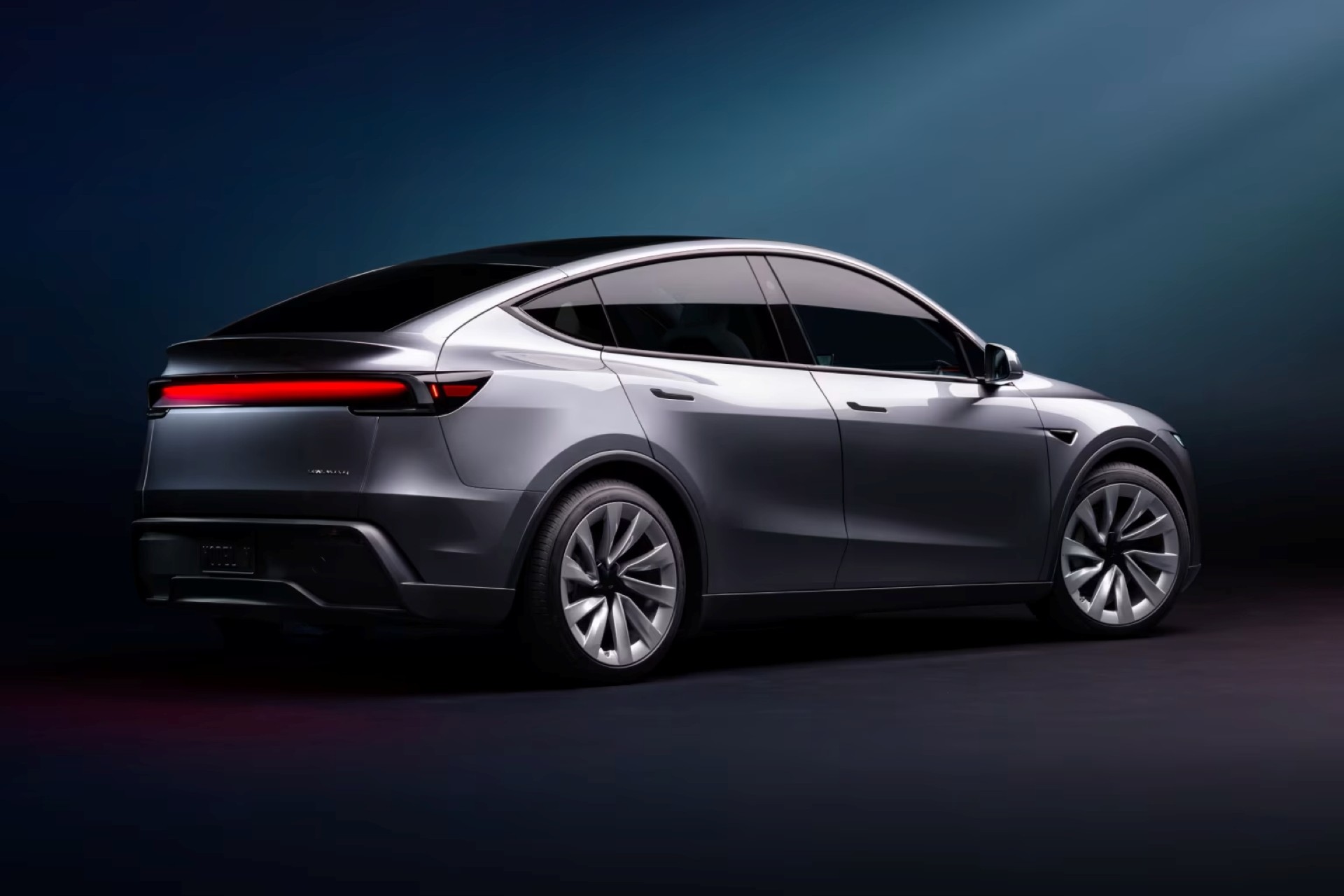
8. **Tesla’s Profitability Dip: A Bellwether for Broader Market Challenges**As the undisputed market leader in electric vehicles, Tesla’s financial performance often serves as a crucial indicator of the broader health and challenges facing the EV sector. In a notable development that sent ripples through the market, Tesla recently revealed its lowest quarterly profitability in the preceding two years. This disclosure triggered a substantial decline, with the company’s share value dropping by an astonishing $138 billion.
This dip in profitability, despite Tesla maintaining over half of all EV sales, suggests that even the most established and innovative player is not immune to the market headwinds discussed previously. It highlights potential saturation within the early adopter segment and intensified competition, forcing price adjustments that impact margins. The enthusiasm that once propelled Tesla’s stock to unprecedented highs is now contending with the more challenging economics of scaling EV production and sales to a mainstream audience.
While CEO Elon Musk has expressed unwavering confidence in the company’s autonomous future, projecting significant value from its robotaxi fleet and Optimus humanoid robot, the recent financial performance paints a more nuanced picture. Cathie Wood of Ark Invest projects Tesla stock to be worth $2,600 by 2029, a prediction rooted in future profitability from robotaxi services. However, market analysts are increasingly scrutinizing current financial metrics over long-term speculative growth, particularly as the pace of EV adoption moderates.
Musk’s recent acquisition of $1 billion worth of Tesla stock, made at share prices between $372 and $396, can be viewed as a vote of confidence from an insider. Yet, in the context of declining profitability, it also underscores the volatility and uncertainty that currently characterize even the leading edge of the EV market. Tesla’s experience is a stark reminder that even innovative technology must ultimately meet the demands of profitability and broader market acceptance.

9. **Policy Reversals: The UK’s Postponement of the Gasoline Vehicle Ban and its Implications**The ambitious push for electric vehicles has often been bolstered by robust government policies, including mandates and timelines for phasing out gasoline-powered vehicles. However, the slowing pace of EV adoption and the practical challenges faced by consumers are now prompting some governments to reconsider their aggressive timelines, leading to significant policy reversals.
In September of last year, UK Prime Minister Rishi Sunak made a major U-turn on the country’s planned ban on new gasoline vehicle sales. The government announced that it was postponing the introduction of this ban from 2030 to 2035. This five-year delay is a clear acknowledgment of the difficulties in achieving rapid EV transition and the need for more time to develop the necessary infrastructure and bring down vehicle costs for consumers.
Such policy shifts carry significant implications, both domestically and internationally. They can signal to automakers that the regulatory environment for EVs is less rigid than previously assumed, potentially influencing investment decisions and product development cycles. This postponement in a major economy like the UK highlights that even committed nations are grappling with the practicalities of a widespread energy transition, prioritizing consumer readiness and market stability over strict adherence to initial targets.
The decision reflects a broader recognition that an effective transition to electric vehicles requires more than just political will; it necessitates a mature market, robust charging infrastructure, and affordable vehicle options that genuinely meet consumer needs. The UK’s adjustment serves as a cautionary tale for other nations contemplating similar bans, underscoring the importance of aligning policy with on-the-ground economic and technological realities.
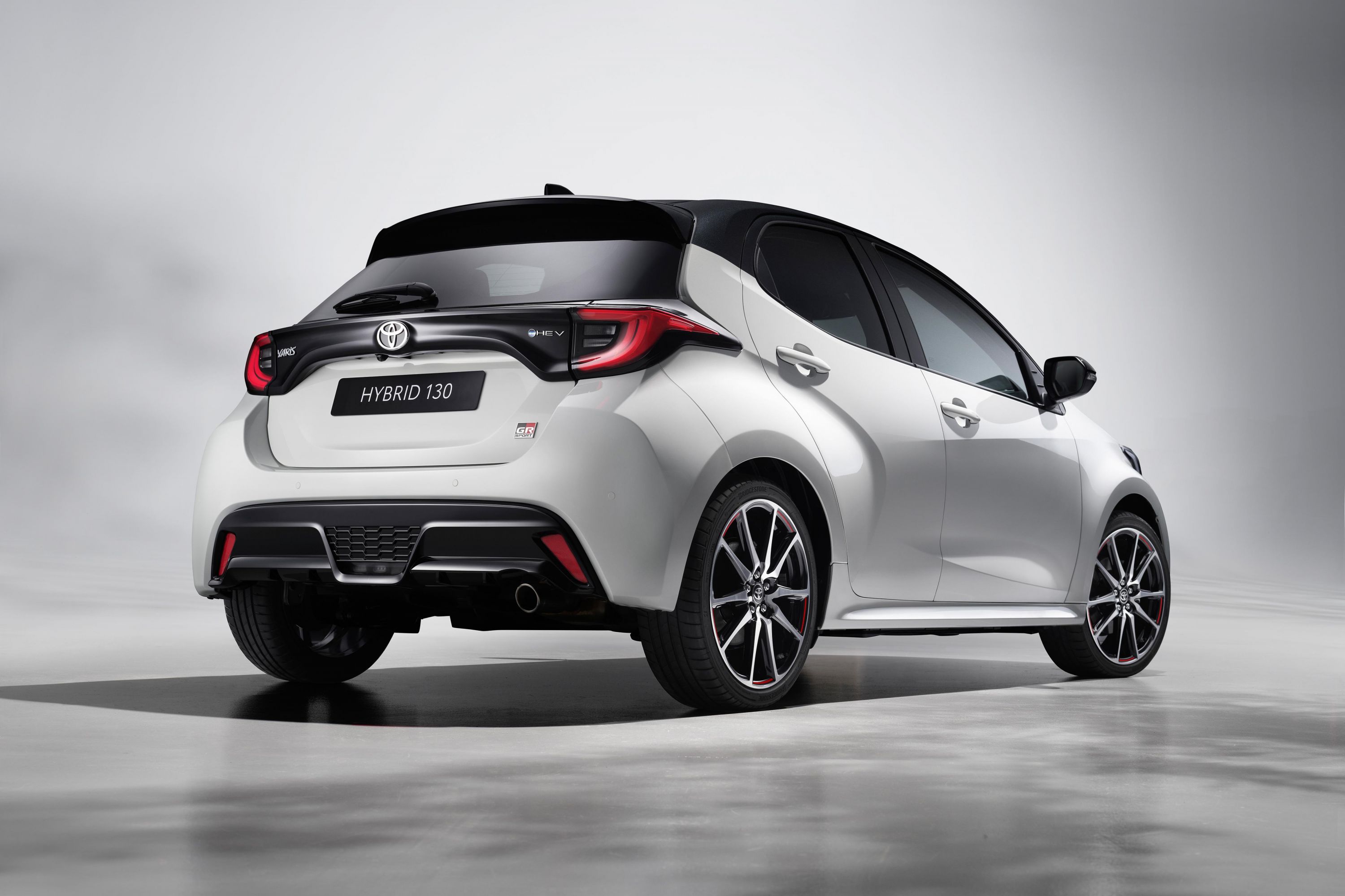
10. **Hybrid Resurgence: The Unexpected Boon Amidst EV Challenges**While the focus has largely been on the all-electric future, an unexpected but significant trend has emerged amidst the challenges facing battery electric vehicles: a resurgence in consumer interest for hybrid models. This renewed enthusiasm for hybrids suggests that for many drivers, these vehicles offer a compelling compromise, blending the efficiency of electric propulsion with the convenience and range security of a gasoline engine.
Automakers like Toyota and Honda, which have consistently maintained a strong presence in the hybrid market, are now reaping the benefits of this shift in consumer preference. Both companies reported substantial increases in their hybrid vehicle sales in the U.S. last year, with Toyota’s hybrid sales climbing by 16% and Honda’s by a remarkable 32% compared to the previous year. This performance stands in stark contrast to the stalling growth observed in the full EV segment.
Toyota, in particular, has openly committed to a diversified approach, continuing to offer a mix of gasoline-hybrid, plug-in hybrid, hydrogen-powered fuel cell cars, and electric vehicles for the foreseeable future. This strategy, initially questioned by some as being too conservative, now appears prescient given the current market dynamics. The strong sales of models like the Toyota Prius in 2023 further underscore that buyers are increasingly opting for proven hybrid technology as interest in purely electric vehicles pares back.
The appeal of hybrids lies in their ability to mitigate common EV concerns such as range anxiety and charging time constraints, without requiring a complete overhaul of driving habits or infrastructure. They offer improved fuel economy and reduced emissions compared to traditional gasoline cars, without the logistical challenges associated with purely electric models. This pragmatic choice highlights that consumers are seeking practical, immediate solutions as the broader EV ecosystem continues its slow maturation.

11. **The Harvard Law School Report: Unpacking the Rising Average Price of EVs**A pivotal finding challenging the common narrative that electric vehicle prices are steadily declining comes from a comprehensive Harvard Law School report. This in-depth analysis, which scrutinized over a decade’s worth of EV pricing data, reached a counterintuitive conclusion: the average price of an EV is, in fact, going up, not down.
This trend directly conflicts with the industry’s long-held expectation that economies of scale and technological advancements would inevitably lead to more affordable electric options. The report emphasizes that even with the availability of a federal subsidy of $7,500 towards the purchase price of an EV—provided the vehicle is manufactured in the U.S.—many consumers still find gasoline and hybrid vehicles to be significantly more affordable options.
The persistent upward trajectory of EV prices exacerbates the fundamental issue of affordability, particularly for the crucial under-$50,000 price point that the Boston Consulting Group identified as key for mass market appeal. When average prices for an EV in the U.S. hover around $60,000, combined with high interest rates, the economic barrier for the average American car shopper becomes prohibitive, even with incentives.
This expert analysis from Harvard Law School serves as a critical factual underpinning for why mainstream consumers remain hesitant. It illustrates that despite the environmental benefits and technological advancements, the financial entry point for electric vehicles continues to be a formidable obstacle, effectively segmenting the market and preventing broader penetration beyond early adopters and affluent buyers.
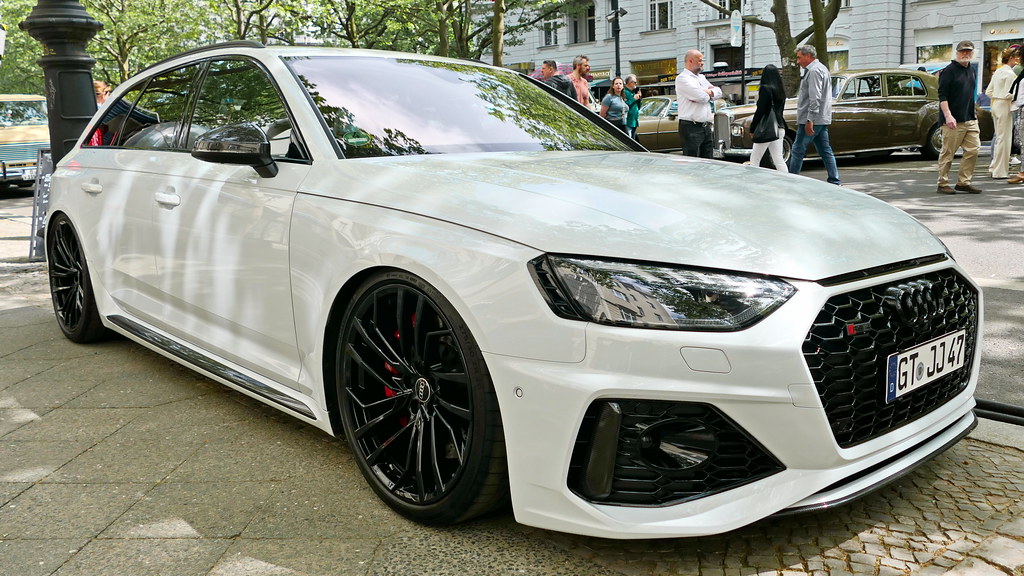
12. **The Early Adopter Plateau: Why Middle-Class Americans Remain Unconvinced**The initial surge in electric vehicle sales was predominantly fueled by a distinct segment of the population: early adopters. These consumers, driven by environmental consciousness, technological curiosity, or a desire for cutting-edge innovation, were readily convinced of the benefits of owning an EV. However, as the market progresses, the Harvard Law School report indicates that this enthusiasm has now reached a plateau.
The report suggests a critical insight: the majority of individuals who are receptive to and see the immediate benefits of owning an EV likely already possess one. This leaves a significant challenge for automakers as they attempt to expand their market beyond this initial, relatively smaller group. The next crucial demographic for widespread adoption is middle-class Americans, but carmakers have struggled significantly to engage and convert this segment.
A key factor in this struggle is the perception of EVs as supplementary rather than primary vehicles. The Harvard Law School report provides “strong evidence that shows most of the individuals who buy electric cars also own an internal combustion engine-powered vehicle.” This highlights a trend where electric vehicles are bought as “complements,” not as replacements, merely increasing the total number of automobiles a household owns.
For EVs to achieve true mass penetration and become ubiquitous, they must evolve beyond being a ‘second car’ or a niche purchase. The industry must find compelling ways to convince middle-class Americans that a $50,000 EV can serve as their sole, dependable vehicle, capable of meeting all daily commutes, family needs, and longer-distance travel without compromise. Until this psychological and practical barrier is overcome, the path to a fully electric automotive future for everyone will remain obstructed.
The current landscape of the electric vehicle market, as meticulously detailed by expert analyses and evolving consumer behavior, is far more complex than the simplistic narratives of rapid, inevitable transition might suggest. From the persistent challenge of price and the practicalities of charging infrastructure to the nuanced shifts in manufacturer strategies and consumer preferences, the journey towards widespread EV adoption is clearly entering a new, more challenging phase. The initial surge, largely driven by early adopters and ambitious governmental pushes, is now confronting the pragmatic realities of mass-market appeal. Automakers are adjusting their sails, governments are recalibrating policies, and consumers are making informed decisions that prioritize affordability, convenience, and reliability. The $50,000 EV, once seen as the golden ticket to mass appeal, remains an elusive benchmark, underscoring the profound adjustments still required across the industry to truly electrify the everyday commute for millions of Americans. The road ahead, while still leading towards an electric future, is proving to be a longer, more winding, and perhaps more hybrid-laden path than many had initially envisioned.


